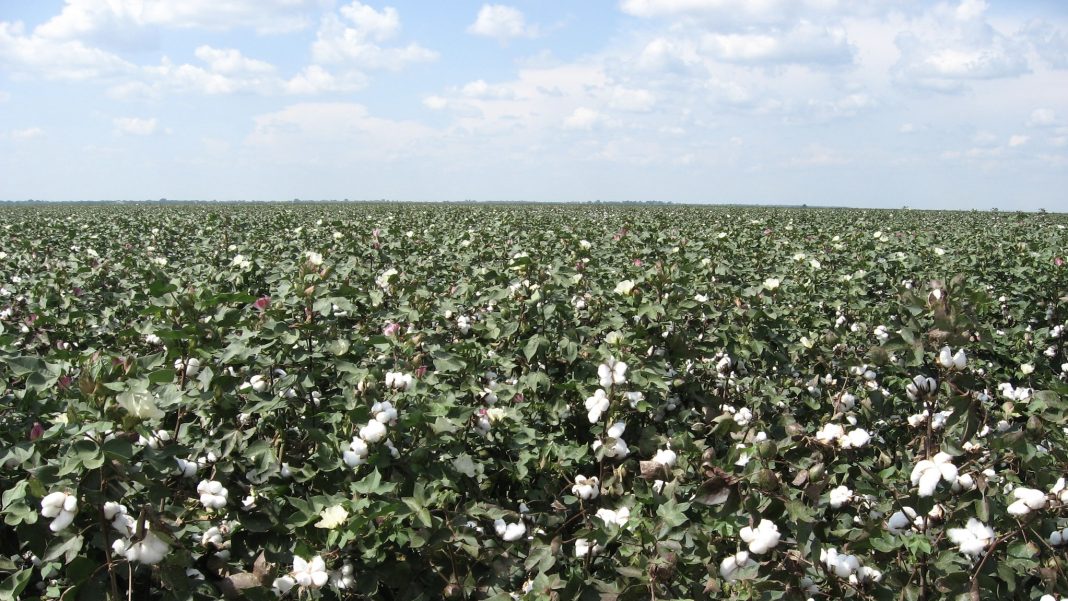Across parts of the Midwest, corn and soybean fields stretch as far as the eye can see.
Crop harvests have increased over decades as technology and farming practices have boosted yields.
But that productivity growth is likely to slow as the climate warms.
Todey: “We know that — looking at what the climate models say — corn and soybeans are going to be tougher to grow in the future.”
Dennis Todey directs the USDA Midwest Climate Hub. He says heavy rain and periods of drought are both growing more common and can damage crops.
And temperatures higher than about 90 degrees Fahrenheit can inhibit corn growth, so as heat waves become more intense, yields could suffer.
Todey coleads IMPACT2, a USDA-funded project run by Purdue University. It’s helping farmers in Iowa, Illinois, and Indiana learn how climate change may affect their businesses and develop plans to prepare.
For example, farmers could diversify what they grow. Todey says researchers are testing how crops that thrive farther south — like peanuts and cotton — could perform in a warmer Midwest.
Todey: “We’re never going to stop growing corn and soybeans. We’re still going to continue growing them.”
But Midwest farmers may not be able to rely solely on these crops in a warmer world.
Reporting credit: Sarah Kennedy / ChavoBart Digital Media
We help millions of people understand climate change and what to do about it. Help us reach even more people like you.


